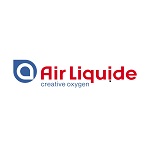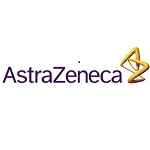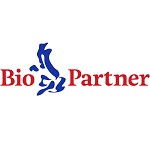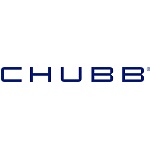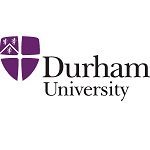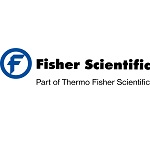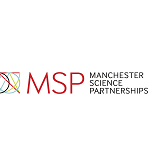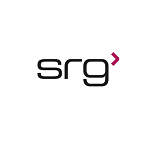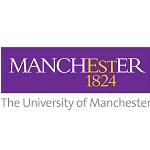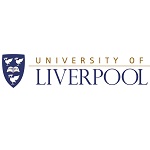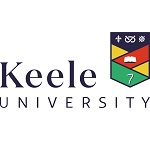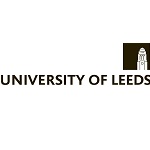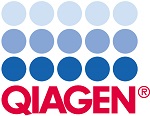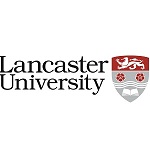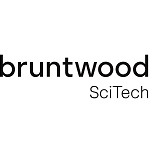From Lab to Clinic:
 In 2023, LightOx was awarded a prestigious £1.1 million Biomedical Catalyst grant from Innovate UK to support the development of its lead compound, LXD191 – a novel, light-activated topical therapy designed to treat precancerous mouth lesions (red and white patches that carry an increased risk of progressing into oral cancer).
In 2023, LightOx was awarded a prestigious £1.1 million Biomedical Catalyst grant from Innovate UK to support the development of its lead compound, LXD191 – a novel, light-activated topical therapy designed to treat precancerous mouth lesions (red and white patches that carry an increased risk of progressing into oral cancer).This funding marked a significant step forward in our mission to deliver a non-invasive, easy-to-use and low-cost treatment option for patients at high risk of mouth cancer, offering a much needed alternative to surgery that minimises side effects and preserves oral function.
The Biomedical Catalyst programme is one of the UK’s most competitive public funding schemes, designed to accelerate life science innovations from lab to clinic. Securing this grant was a strong endorsement not only of our scientific approach, but also our broader commercial and regulatory strategy.
With the project recently wrapping up, we’re reflecting on what this funding enabled and how it’s helped us lay a clear path towards clinical trials.
Working in partnership with the Liverpool Head & Neck Centre
Over the past year, the grant has supported both scientific and strategic progress. Most importantly, it allowed us to formalise a crucial partnership with the Liverpool Head and Neck Centre.
This partnership brought together LightOx’s chemistry and formulation expertise with clinical insight from experts in Oral Medicine/Oral and Maxillofacial Surgery. Oral cancer is a particularly prevalent disease in the North West of England, due to high levels of socio-economic deprivation.
Working closely with Dr. Caroline McCarthy (Clinical Senior Lecturer in Oral Medicine) and Professor Richard Shaw (Professor of Head & Neck Surgery), we have successfully:
- Scaled up the synthesis of our lead compound in partnership with High Force Research.
- Developed and refined the gel formulation, informed by real clinical feedback on practicality and patient use.
- Demonstrated efficacy in a rodent model – an important preclinical milestone.
- Demonstrated successful penetration of the gel into human oral mucosal biopsy samples.
- Advanced our regulatory strategy, laying the groundwork for a first-in-human trial.
“The clinical perspective from Liverpool was invaluable,” says Dr. David Chisholm, Head of Technology at LightOx. “Their feedback directly influenced the final gel formulation, ensuring it was suitable for use in the oral cavity and practical for clinicians and patients alike. That kind of iterative development isn’t possible without close collaboration.”
Engagement beyond the lab: Patients, clinicians and charities
Alongside the technical development, the grant has supported our efforts to engage directly with patients, clinicians and advocacy groups.
We’ve worked closely with charities, particularly The Swallows UK, led by oral cancer survivor Chris Curtis, and talked to clinicians and patients about our work at the Swallows Head and Neck Cancer Conference. These conversations have been critical in shaping our understanding of patient needs and refining how our treatment could be delivered in practice.
Dr. McCarthy, who is both a researcher and clinician, emphasised how patients have responded to the concept. “They were overwhelmingly positive,” she says. “Patients with oral precancer often feel stuck between two less-than-ideal choices – surgery or ‘watch and wait for cancer to develop.’ A topical therapy that can be applied in clinic, with less pain and better opportunity for repeatability than surgery, could make a huge difference.”
Towards clinical trials
With promising preclinical data in hand, we’re now working toward a first-in-human clinical trial. Together with our partners at Liverpool, we’re actively exploring both academic and commercial routes for the next stage.
Importantly, the infrastructure and collaboration are already in place. This includes support from the Liverpool Clinical Trials Centre, which has experience in running early-phase prevention studies.
Our ultimate goal is to provide a low-cost, accessible treatment that could be used not only in UK clinics, but also globally, including in regions where oral cancer is even more prevalent and healthcare infrastructure is limited.
“The beauty of this therapy is its simplicity,” Dr. McCarthy explains. “It requires only a gel and a light source — similar to a dental curing light — which makes it potentially deliverable in a wide range of clinical settings around the world.”
The next phase of development
The Innovate UK grant has played a vital role in bringing our vision closer to reality.
“This grant was not just a source of funding — it was a badge of credibility,” says Dr. Sam Whitehouse, CEO at LightOx. “It opened doors with suppliers, supported the development of our regulatory strategy, and gave us a clear runway to clinic. We’ve de-risked key technical and clinical elements, and now we’re ready for the next phase.”
This project has helped us build the partnerships, insights, and strategic clarity needed to move LXD191 closer to patients. It’s also helped validate the real-world potential of our platform.
As we prepare for the next phase of development, we remain committed to working with clinicians, patients, and partners to bring new solutions to those facing oral cancer, and to show that innovation in this space is not only possible, but vital.
For more information about our work or opportunities to collaborate, contact us at: contact@lightox.co.uk
